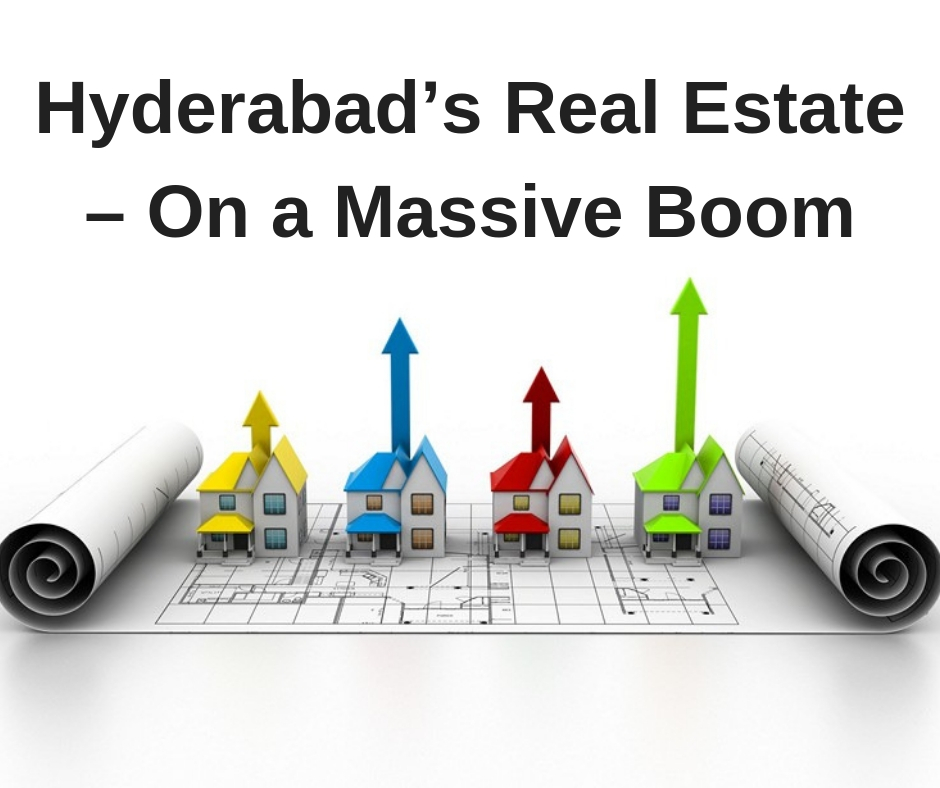
Introduction
The Indian real estate market has experienced a remarkable surge in the past few years, primarily due to policy-driven, economic, and demographic factors. One of the ancillary industries that has been most affected by this boom is interior design. The need for beautiful, practical, and sustainable living environments has increased as urbanization and disposable incomes rise. This article explores the complex relationship between India’s growing interior design market and the country’s booming real estate market, highlighting important developments, obstacles, and opportunities.
The Real Estate Boom: An Overview
India’s real estate sector has been on an upward trajectory due to several contributing factors:
- Economic Growth: Robust economic performance has bolstered the real estate market. Increased investment from domestic and international players has spurred the development of residential, commercial, and retail spaces.
- Urbanization: The migration of people to urban areas in search of better job opportunities has resulted in rapid urbanization, which has raised demand for residential and commercial real estate.
- Government Policies: Initiatives such as the Real Estate (Regulation and Development) Act (RERA), affordable housing schemes, and tax incentives have boosted buyer confidence and investment in the sector.
- Foreign Direct Investment (FDI): Relaxation of FDI norms in real estate has attracted substantial foreign investment, contributing to the sector’s growth.
Impact on the Interior Design Industry
The real estate boom has had a cascading effect on the interior design industry. Here’s how:
- Increased Demand for Residential Interiors: As more residential projects are launched, homeowners are seeking professional interior design services to create personalized, stylish, and functional living spaces. This trend is especially pronounced in urban areas where space optimization is crucial.
- Commercial Spaces and Office Interiors: The growth of commercial real estate, including office spaces and co-working hubs, has led to a surge in demand for modern, ergonomic, and aesthetically pleasing interiors that enhance productivity and employee well-being.
- Retail and Hospitality Sectors: The expansion of retail and hospitality sectors has driven demand for innovative interior design solutions to create unique and immersive customer experiences.
Key Trends in Interior Design
The interplay between real estate and interior design has given rise to several key trends:
- Sustainable Design: There is a growing emphasis on sustainability in interior design. Homeowners and businesses are opting for eco-friendly materials, energy-efficient lighting, and sustainable furniture to reduce their environmental footprint.
- Smart Homes: Integration of technology in homes is a significant trend. Smart lighting, automated climate control, and integrated security systems are becoming standard features in modern interiors.
- Minimalism and Space Optimization: With urban living spaces shrinking, minimalist design and space optimization have gained popularity. Multi-functional furniture, modular kitchens, and clever storage solutions are in high demand.
- Customization and Personalization: Clients are increasingly seeking bespoke designs that reflect their personality and lifestyle. This has led to a rise in demand for custom-made furniture, unique decor elements, and personalized color schemes.
- Biophilic Design: Incorporating natural elements into interior spaces to enhance well-being is a growing trend. This includes the use of natural light, indoor plants, and organic materials.
Challenges Facing the Interior Design Industry
Despite the robust growth, the interior design industry faces several challenges:
- Skilled Workforce: There is a shortage of skilled interior designers and craftsmen, which can affect the quality and timely delivery of projects.
- Standardization: The industry lacks standardization in terms of quality and pricing, leading to inconsistencies and client dissatisfaction.
- Sustainability: While there is a growing demand for sustainable design, sourcing eco-friendly materials and products can be challenging and costly.
- Technological Integration: Keeping up with rapidly evolving technology and integrating it seamlessly into design projects requires continuous learning and adaptation.
Future Prospects
The future of the interior design industry in India looks promising, driven by the continued growth of the real estate sector and evolving consumer preferences. Here are some anticipated trends and developments:
- Technology-Driven Design: It is anticipated that interior designers will employ more virtual reality (VR) and augmented reality (AR) to help clients see their spaces before they are actually built.
- Expansion of Online Platforms: Online interior design platforms are likely to expand, offering clients access to design services and products from the comfort of their homes.
- Rise of Boutique Design Firms: There will be a rise in boutique design firms specializing in niche markets, such as luxury interiors, sustainable design, and smart homes.
- Collaborative Spaces: The trend of co-living and co-working spaces is expected to grow, necessitating innovative design solutions to create functional and community-oriented environments.
- Focus on Wellness: Interior design will increasingly focus on wellness, incorporating elements that promote physical and mental well-being, such as ergonomic furniture, natural materials, and biophilic design.
Conclusion
The symbiotic relationship between the booming real estate market and the interior design industry in India is evident. As the demand for well-designed, functional, and sustainable spaces continues to rise, the interior design industry is poised for significant growth. However, addressing challenges such as the shortage of skilled professionals, standardization, and sustainable practices will be crucial for the industry’s sustained success. With technological advancements and evolving consumer preferences, the future of interior design in India promises to be dynamic and innovative, catering to the diverse needs of a rapidly urbanizing population.